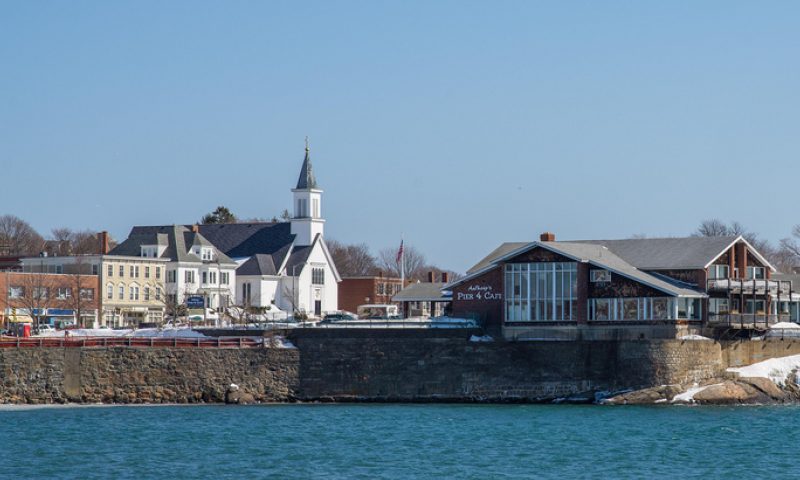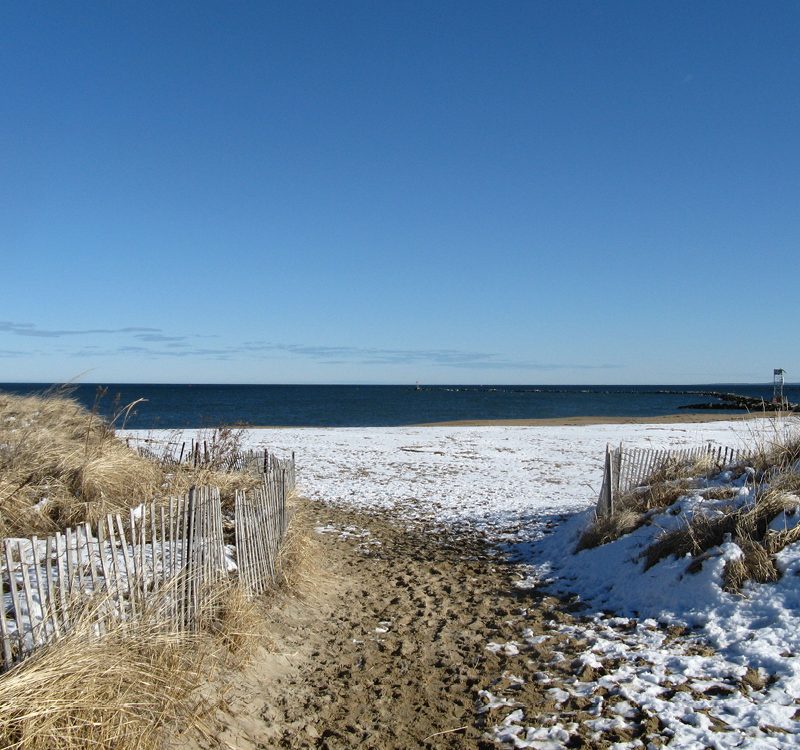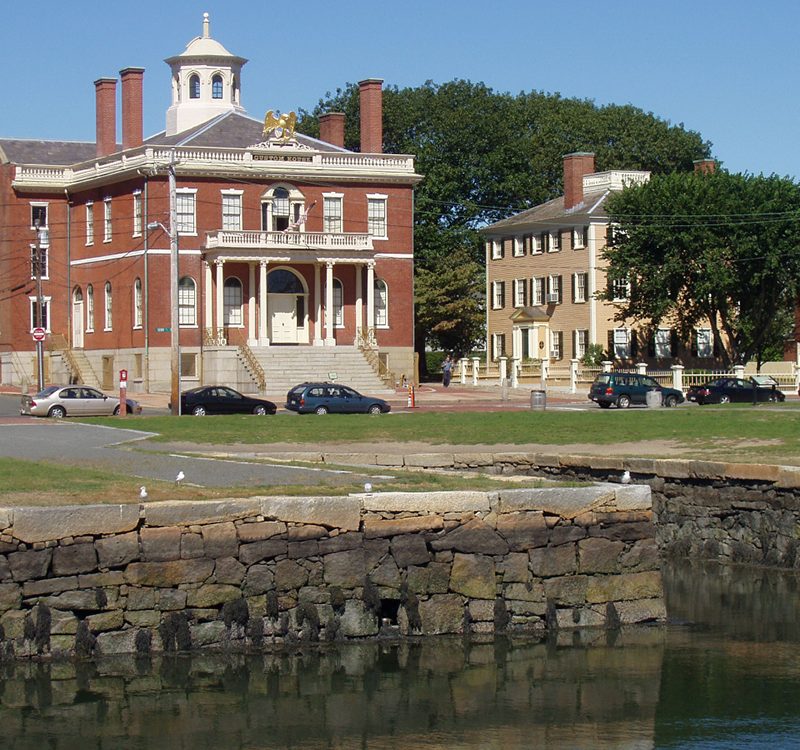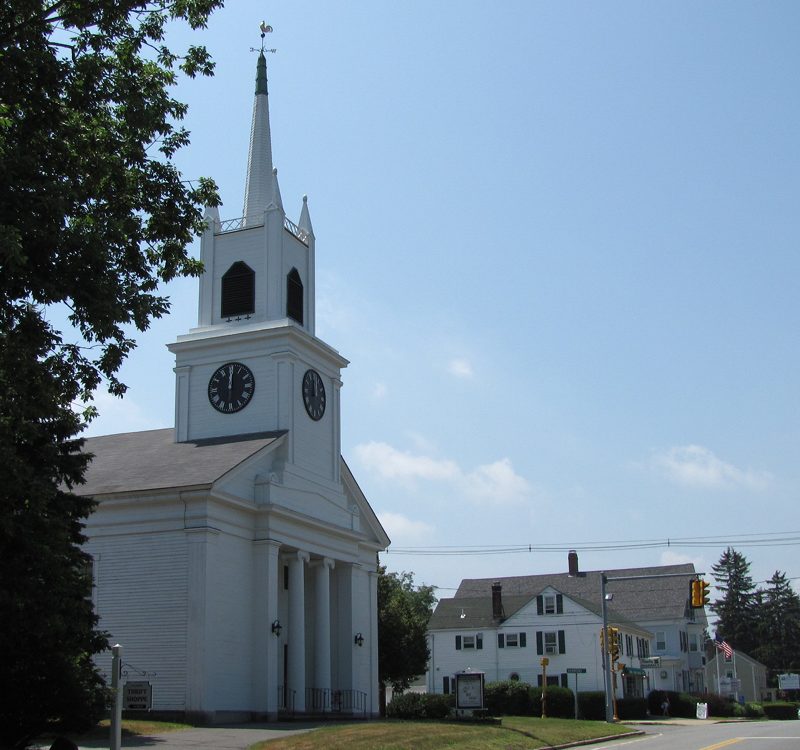
Salisbury, MA
February 22, 2017Early historical accounts of Swampscott indicated that the Native Americans, referred to as Naumkeags, came to what was called the “land of the red rock” in the seventeenth century to fish and hunt.
Originally part of the large Saugus land grant and later the eastern part of Lynn’s Ward One, Swampscott was settled and established in 1629 when Francis Ingalls came and built the first Massachusetts Bay Colony tannery on Humphrey’s Brook.
Long known as a seafaring fishing village, Swampscott hosted a large commercial fishing fleet which sailed daily from our protected bay. Early accounts of Swampscott considered it a “community of modest means” and indicated that one man in three was a fisherman. Of the rest, a goodly number were shoemakers (also known as cordwainers), shoe cutters (known as clickers), yeomen or farmers and merchants.
In the late 1700s, Ebenezer Phillips learned the dry fish process from the Naumkeaks and set up a processing facility for cod whereby the cod was dried, put in barrels and shipped all over the world. Phillips’ business was a success and he became one of this country’s first millionaires.
From its fishing interests, Swampscott reached worldwide status as the place where Ebenezer Thorndike invented the lobster pot in 1808 to revolutionize lobster harvesting. Also, The Swampscott Dory, a fishing boat still in use throughout the world today, was invented in 1840 by Theophilius Brackett to row and to pull lobster pots. The dory was considered the best seaworthy boat for fishermen due to its unique flat-botomed design.
A few large resorts were built in the 1800s which attracted wealthy patrons, families and businessmen from across the country. Many stayed and built grand homes in the area which played a vital role in the town’s diverse history.
Alongside Swampscott’s fishing heritage came the advent of large hotels and homes as the community attracted summer residents from every corner of the world. There were also homes of specific historical significance. For example, John Humphrey, the first deputy governor of the Massachusetts Bay Colony, lived in an attractive saltbox home in 1637 which is now home to the Swampscott Historical Society at 99 Paradise Road and is now listed on the National Register of Historic Places.
Stately homes which evolved in Swampscott include Professor Elihu Thomson’s Georgian revival mansion with its unique and ornate interior carvings. Professor Thomson founded the Thomson-Houston Electric Company which is now the General Electric Company. The building, designed by James T. Kelley, now serves as the Town Administration Building and is also listed on the National Historic Register.
Nevertheless, Swampscott has retained the essence of a quiet setting along the north shore of the Atlantic Ocean with the soothing sounds of the ocean lapping along the seashore.




